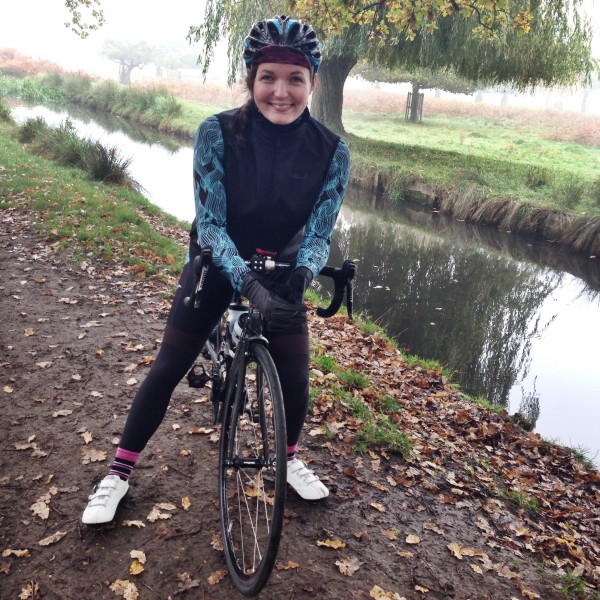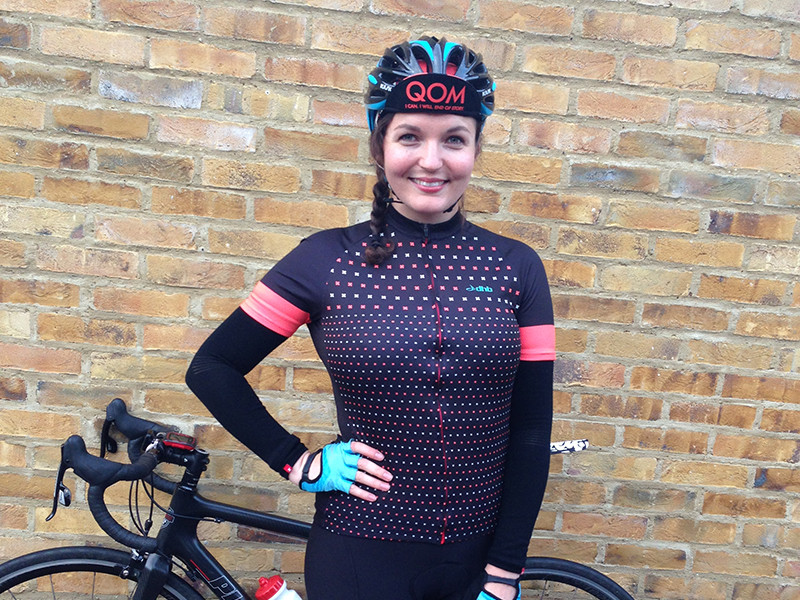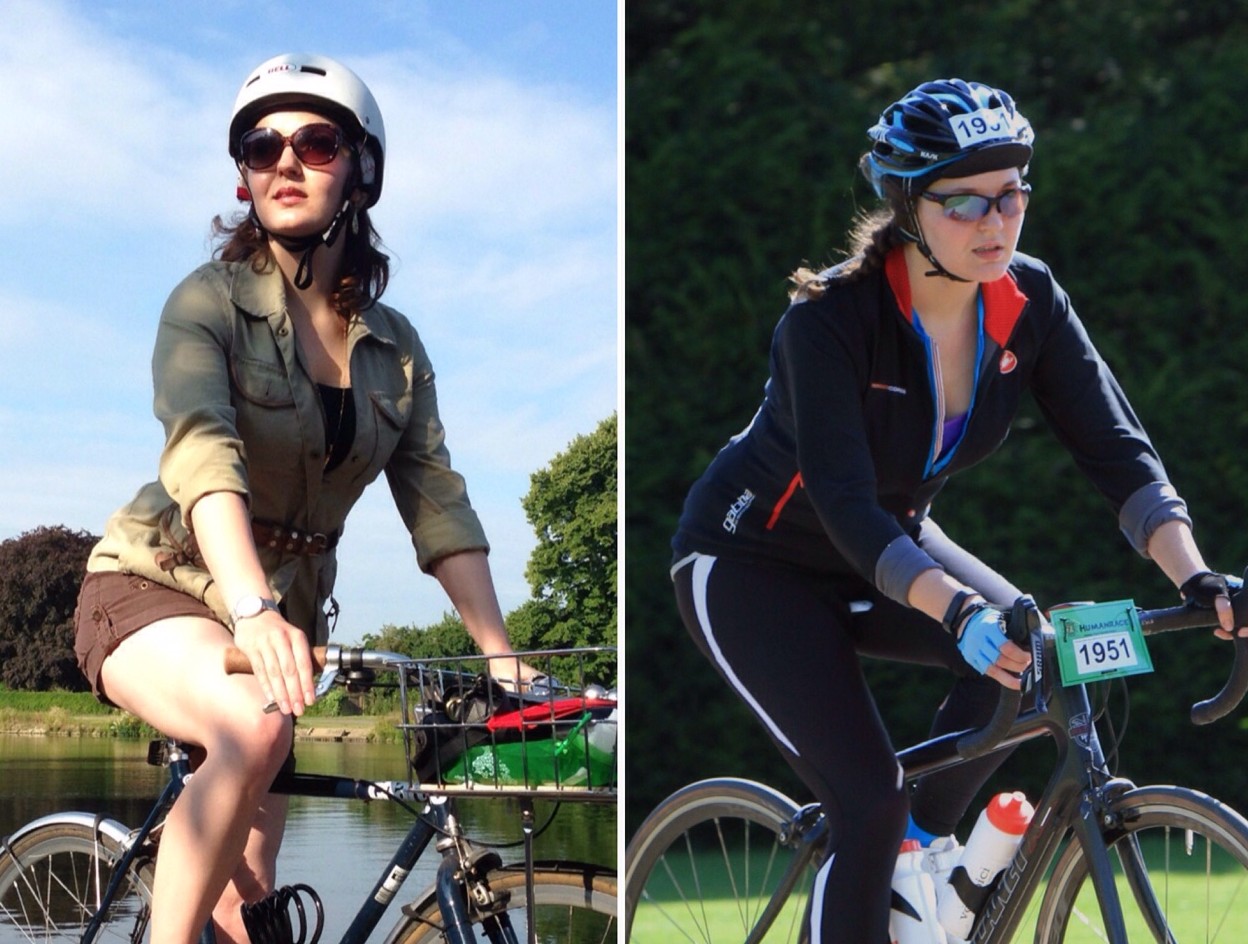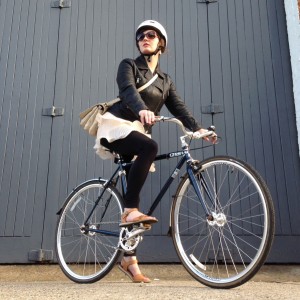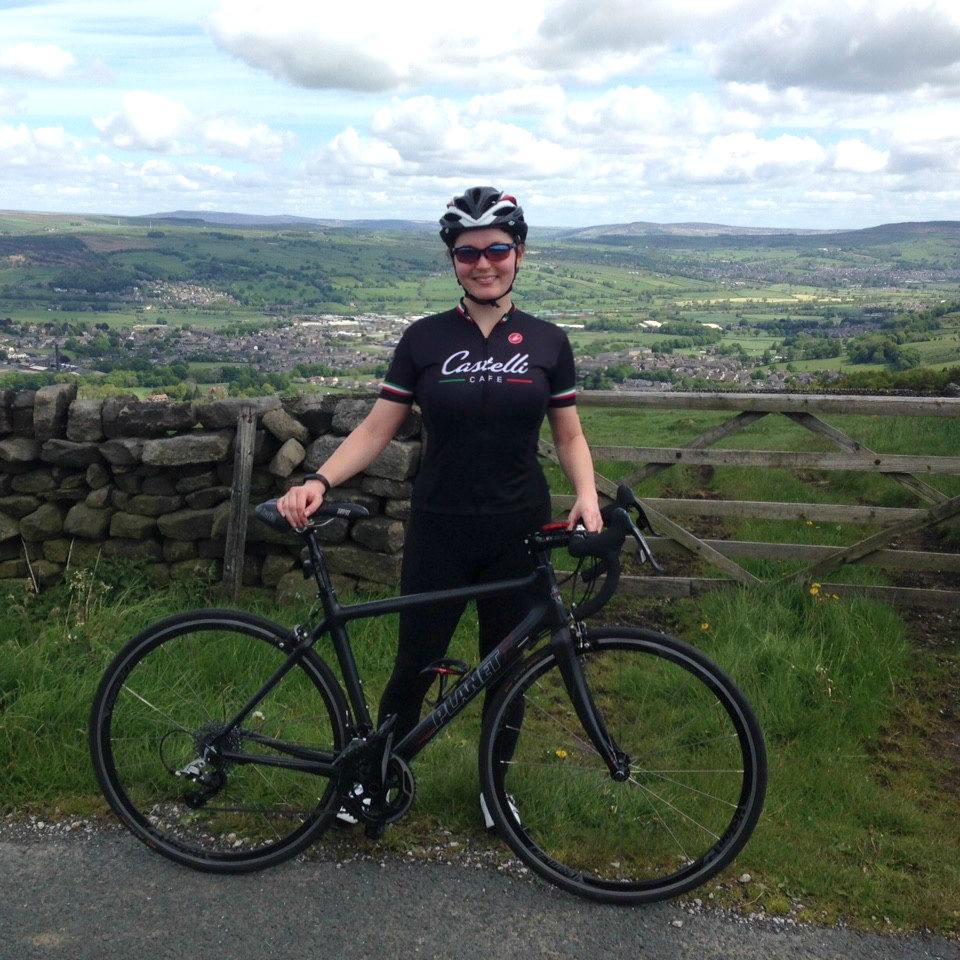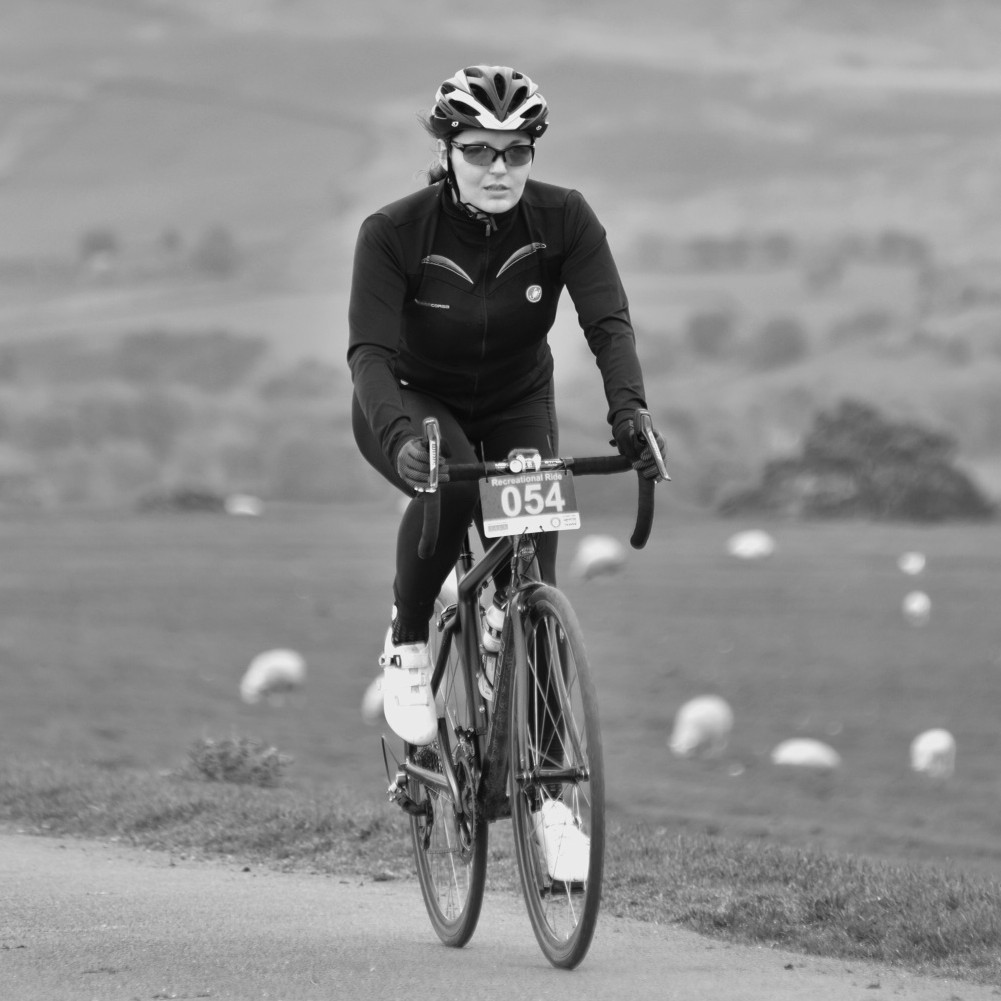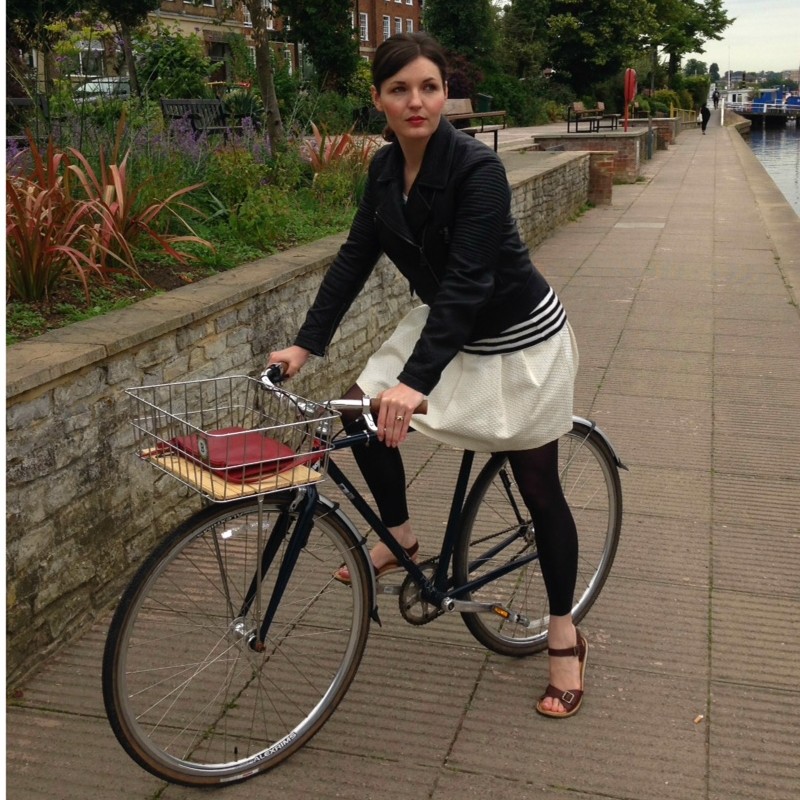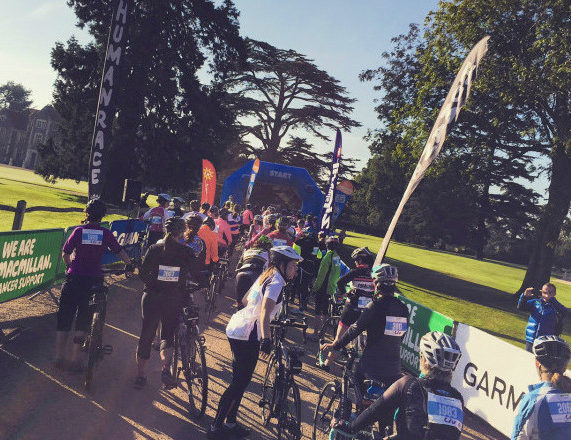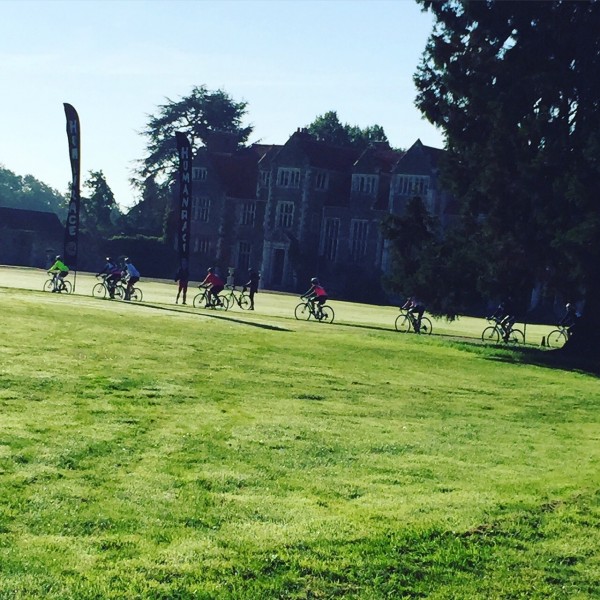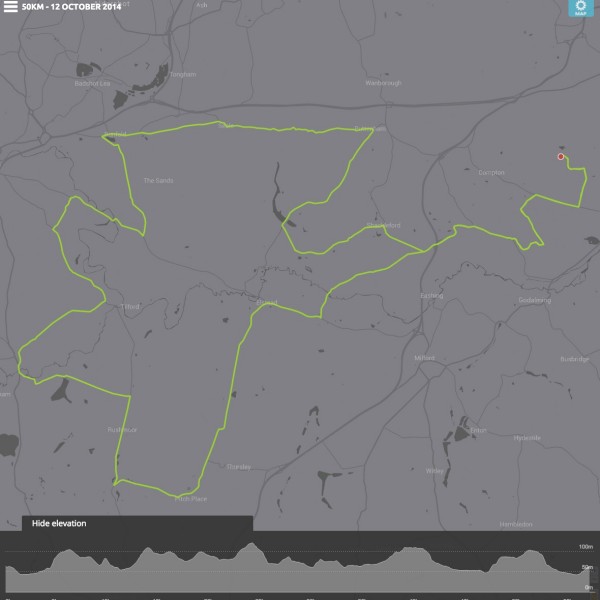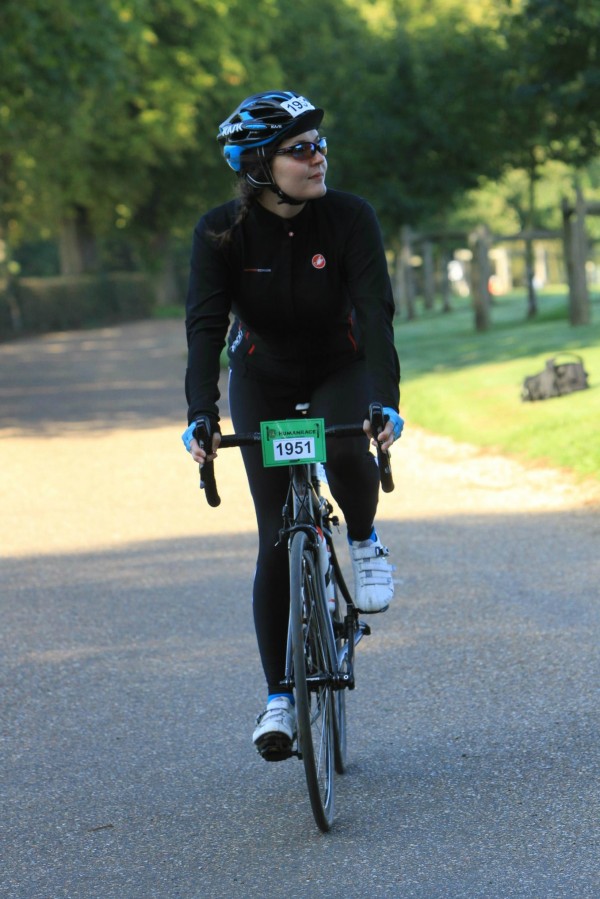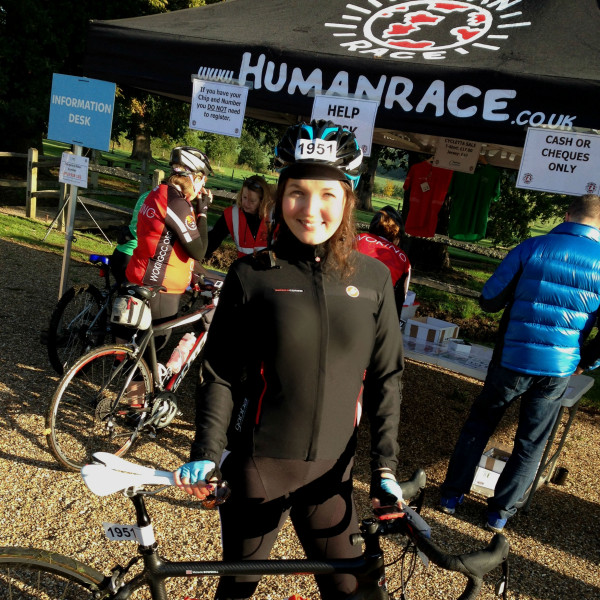- Being saddle sore is not something to just accept. It is not a given. A lot of women labour under the misapprehension that cycling is inherently painful but it needn’t be this way – a saddle mapping session can put an end to that particular pain in the backside. Being saddle sore is markedly different for women than for men. Yes, your actual bum might ache – but it’s the chafing and tears on that exposed soft tissue which does the damage. A saddle mapping session can ensure that your weight is on your sit bones, not that delicate tissue.
- I needn’t have worried so much about not being quick enough. When I started road cycling, I was concerned that I would be too slow for Matt to want to ride with me. I thought it would make his rides boring and that he would be frustrated. But I was wrong. Sure, to begin with I wasn’t the fastest cyclist on the block; but riding with my Matt consistently spurred me on to build my speed and stamina. I trust him implicitly when we’re riding and after a few months we began practicing draughting. That means he takes the brunt of the wind while I tag on to his rear wheel, spinning quickly without it killing me and allowing me to keep pace. And now, we ride together so much and push each other so hard that he sometimes ends up draughting me, because I’m really quite fast now….
- Clipless pedals and cleats are not something to be afraid of. It does seem counterintuitive, to attach your feet to your bicycle. I’ll admit that the prospect filled me with horror. But the benefits far, far outweigh the disadvantages. Early doors, I’m not saying that you won’t forget to unclip, and then fall off, probably in an embarrassing fashion. And probably in front of people. It happens to the best of us. But in a very, very short space of time, unclipping becomes second nature. Matt taught me to unclip the moment I see something that may cause me to stop: a queue of traffic, a roundabout looming, a pedestrian crossing. If you don’t need to stop, you can just push down and carry on. But if you do need to stop, you’re prepared. Don’t be scared – clipless pedals are a wonderful invention.
- It doesn’t matter how slowly you go up hills: the point is that you go up them, full stop. I managed to work myself into a panic early doors about hills. It didn’t help that I hadn’t really got to grips with my gears and had a miserable experience trying to get to the top of a grade 4 climb in the big cog. I’ve sorted that problem now, but I still worry about gradients sometimes. On group rides in particular, I have a tendency to worry that I’ll be too slow and might hold other riders up. Well, so be it. If the rest of the group have to wait for me at the top, chances are they’ll be glad of a sip of water and a bite of flapjack. It’s not about getting up there quickly, and if you try, you’re more likely to get into difficulties. Just take it steady. Use the easiest gear. Keep to the left so that people can overtake you. Don’t keep looking for the top of the hill; I find it easier to just keep my head down rather than looking at the gradient. Remember to breathe. Let the weight of your legs do the work. And, it takes some practice, but get out of the saddle if you possibly can – it really does make climbing easier.
- It never gets easier, you just go faster. How right Greg LeMond is. After completing a hilly sportive in Yorkshire and the Prudential RideLondon-Surrey 100, I really thought a 63 mile sportive in Cambridgeshire would be a doddle. Well, I was wrong. I sweated, my legs were sore, I ached, and I was fed up. But my average speed was 16.3mph, compared to 15.5mph for the 100 and 13.8mph in Yorkshire. It wasn’t easier; but I was faster. And it was worth all of the pain for a Gold place!
